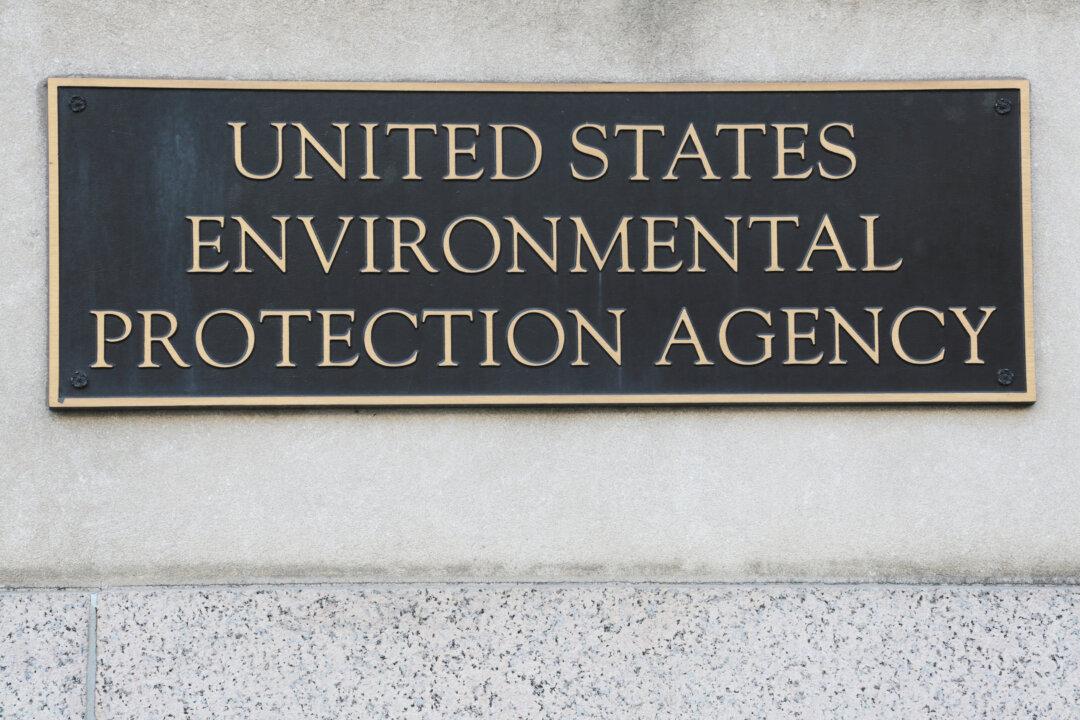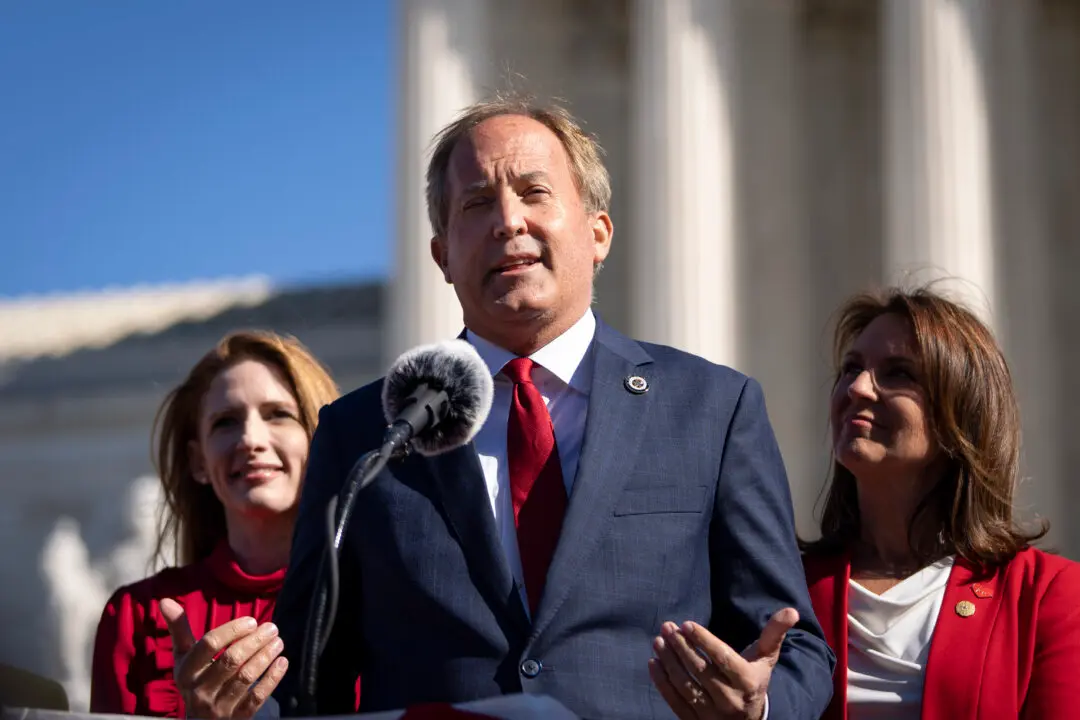The Biden administration’s Environmental Protection Agency (EPA) is accused of using overly optimistic assumptions in its internal analysis for its proposed power plant enforcement.
The EPA published a significant new regulation (pdf) last month with the goal of reducing carbon dioxide emissions from power plants.





